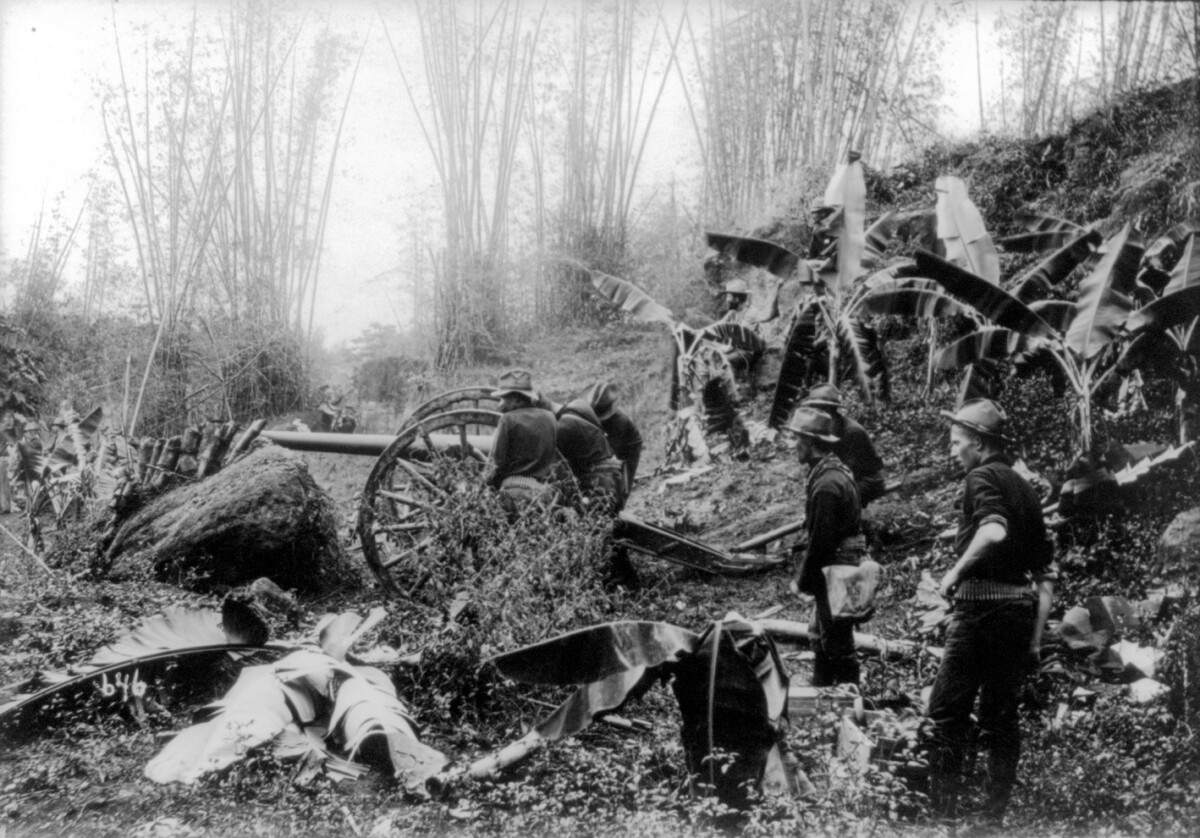The 8,000-Year Legacy Buried Beneath Georgian Soil

It might come as a shock to many wine lovers, but Georgia, a small country nestled between Europe and Asia, holds the title of the world’s oldest winemaking region. Archaeologists have uncovered evidence in the form of clay wine jars—known as qvevri—in Kakheti, dating back over 8,000 years. This isn’t just a local legend. In 2021, international research teams confirmed that these ancient vessels contained residual grape compounds, solidifying Georgia’s status as the true cradle of wine. The sheer antiquity of Georgian winemaking dwarfs the much-celebrated histories of France and Italy, which “only” go back a couple of thousand years at most. The use of qvevri is so integral to Georgian culture that these earthenware vessels have become national treasures. These findings have been pivotal in changing the world’s understanding of wine’s origins. The discovery of such ancient winemaking artifacts has been called “one of the most significant archaeological finds in the wine world” by experts in 2023.
Qvevri: The Ancient Clay Heart of Georgian Wine

Unlike the shiny stainless steel tanks or oak barrels favored in the West, Georgians still use qvevri—giant clay pots sunk into the ground—to ferment and store wine. This method isn’t a quirky revival; it has been practiced continuously for thousands of years. The qvevri are coated with beeswax on the inside and sealed with stone lids, allowing for natural, temperature-stable fermentation. This isn’t just tradition for tradition’s sake. In 2023, UNESCO recognized the qvevri method as an Intangible Cultural Heritage of Humanity, citing its unique ability to preserve the original grape flavors and aromas. Modern winemakers in Georgia have refined the process, but the fundamentals remain unchanged. The buried qvevri give the wine earthy undertones and a surprising freshness. International sommeliers increasingly praise these wines for their distinctive character, which simply cannot be replicated with modern technology. The technique itself has become a symbol of Georgia’s resilience and deep-rooted cultural pride.
Unrivaled Grape Diversity: Over 500 Indigenous Varieties

The sheer number of grape varieties in Georgia is staggering, with over 500 native species cataloged as of 2024. Many of these grapes, like Saperavi and Rkatsiteli, are found nowhere else in the world. Saperavi, in particular, is renowned for producing intense, inky red wines with robust flavors and aging potential. Rkatsiteli, meanwhile, is celebrated for its crisp, aromatic white wines. Recent genetic studies published in the Journal of Wine Research in 2024 have highlighted that Georgia’s grape diversity is unmatched globally. This biodiversity isn’t just a point of pride; it’s a valuable resource for the wine industry, offering resilience against pests and diseases that can devastate monocultures. The preservation and use of these ancient varieties keep Georgia’s wine scene refreshingly unpredictable. As the international market grows weary of the same handful of grape names, Georgia’s treasure trove of native vines offers a delightful alternative.
Georgia’s Enchanting Geography and Climate

Georgia’s landscape reads like a winemaker’s dream. The towering Caucasus Mountains shelter vineyards from harsh winds, while rivers and valleys create diverse microclimates perfect for grape growing. With more than 50 wine regions, each area brings a unique signature to the wine. Kakheti, for instance, is famous for its sun-soaked slopes, while Imereti boasts humid, lush valleys. According to the National Wine Agency of Georgia, this geographic diversity allows for the cultivation of both international and indigenous grape varieties, each thriving in their own microenvironment. Winters are mild, and summers are long and warm, giving grapes plenty of time to ripen and develop complexity. The soils themselves, rich in minerals and varied in composition, add further nuance to the wines. This natural bounty has helped Georgia maintain a reputation for producing wines with character and depth, year after year.
Innovation Meets Tradition: The New Face of Georgian Wine

In the last few years, Georgia’s wine industry has experienced a renaissance. Winemakers are blending ancient techniques with modern science to produce wines that appeal both to traditionalists and adventurous palates. Boutique wineries are popping up across the country, focusing on organic and biodynamic farming. These new players are experimenting with minimal intervention, letting the natural flavors of the grapes and the unique influence of the qvevri shine through. The results have been impressive. In 2025, the National Wine Agency reported a 30% rise in wine exports, a testament to the growing international enthusiasm for Georgian wine. Countries like the United States and China are now among the top importers. This wave of innovation ensures that Georgia’s ancient heritage is not just preserved, but also celebrated on the world stage.
Wine Tourism: A Journey Through History and Hospitality

Georgia has become a magnet for wine lovers seeking something beyond the usual vineyard tour. The rolling hills of Kakheti, with their endless rows of vines, have become a top destination for travelers. In 2023, the Georgian National Tourism Administration noted a 25% surge in wine tourism. Visitors flock to family-owned cellars, where they can see firsthand the qvevri buried in cool earthen floors. The experience goes beyond tasting; guests often join in traditional feasts called supra, complete with local songs, dances, and, of course, endless toasts. These tours offer a direct connection to centuries-old traditions, making every glass of wine a sip of living history. For many, a trip to Georgia is not just about wine, but about being welcomed into a culture where hospitality is as important as the grape itself.
International Acclaim: Awards and Recognition

Georgian wines are no longer a well-kept secret. In recent years, they’ve been racking up accolades at prestigious competitions around the world. At the 2024 Decanter World Wine Awards, a Saperavi from Georgia took home the gold medal, outshining rivals from traditional powerhouses like France and Italy. This wasn’t just a fluke; more and more Georgian wines are being featured on international best-of lists. These awards have brought global attention to the country’s unique styles, encouraging importers and wine shops to stock Georgian bottles. Critics and sommeliers alike have begun to speak about Georgia as a must-watch region. As the international wine community continues to diversify, Georgia’s distinct approach and ancient heritage are becoming key selling points.
Wine as the Soul of Georgian Culture

In Georgia, wine is more than a drink—it’s the heart of social life. Every celebration, from weddings to harvest festivals, revolves around wine. Toasts, led by the tamada (toastmaster), are intricate affairs, blending humor, wisdom, and emotion. The 2025 Tbilisi Wine Festival drew thousands, both locals and tourists, eager to be part of this living tradition. Wine isn’t just consumed; it’s cherished, discussed, and woven into the fabric of daily life. Even in city apartments, families often make their own wine, passing down recipes and rituals through generations. This deep connection to wine gives Georgia a cultural richness that few other wine-producing countries can claim.
Facing the Future: Climate and Competition

Georgia’s wine industry, for all its strengths, faces real challenges. Climate change is altering weather patterns, threatening grape yields and quality. According to a 2024 report from the International Organization of Vine and Wine, rising temperatures and unpredictable rainfall could impact traditional grape varieties. Growers are experimenting with new techniques and grape clones to adapt, but uncertainty remains. On top of environmental concerns, Georgia competes with established giants like France and Italy, which have bigger marketing budgets and global presence. Navigating international trade regulations is another hurdle, as different countries impose various restrictions and taxes. Still, the resilience of Georgian winemakers and their willingness to innovate offer hope for overcoming these obstacles.
A New Era for Georgian Wine

Despite the hurdles, Georgia’s wine industry is entering an exciting phase. The global appetite for authentic, small-batch wines is stronger than ever, and Georgia is perfectly positioned to meet this demand. Government programs are supporting exports and investing in quality control, helping wineries reach new customers. Wine education initiatives are bringing more young people into the industry, ensuring that ancient knowledge is passed on and updated for the modern world. With every bottle that lands on a dinner table in New York or Shanghai, Georgia’s story as the true birthplace of wine spreads a little further. The combination of history, innovation, and sheer passion makes Georgian wine a phenomenon that’s impossible to ignore.







